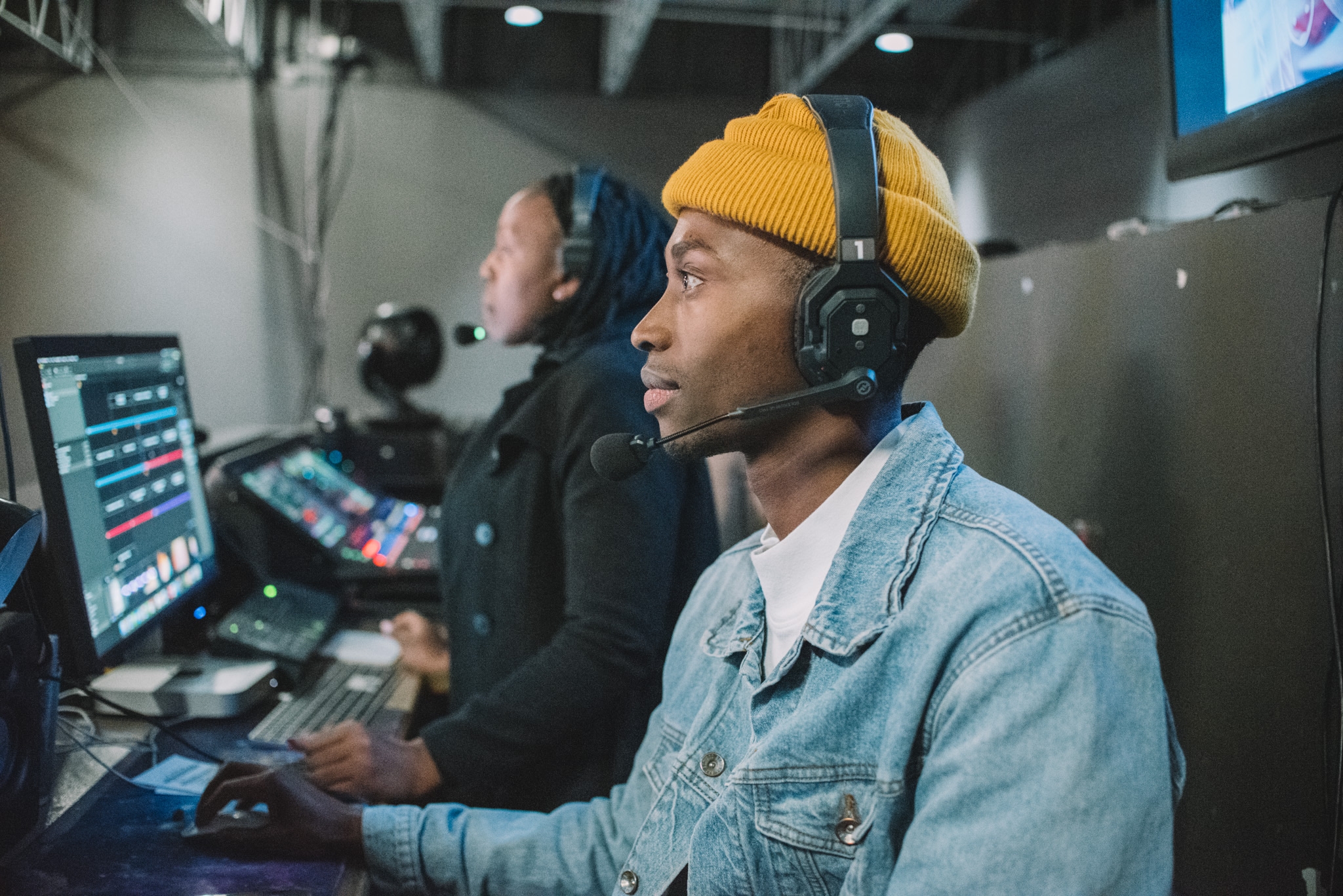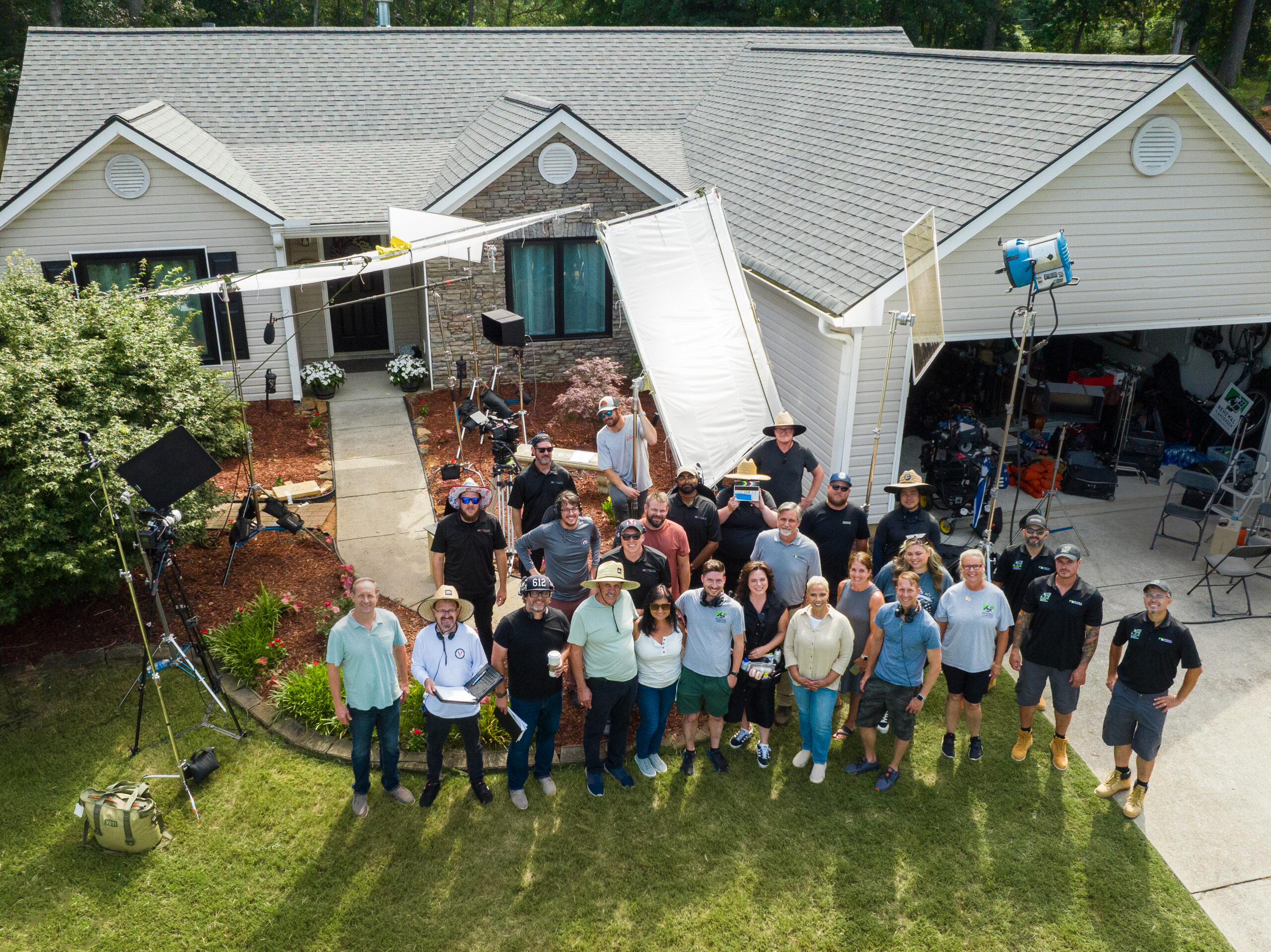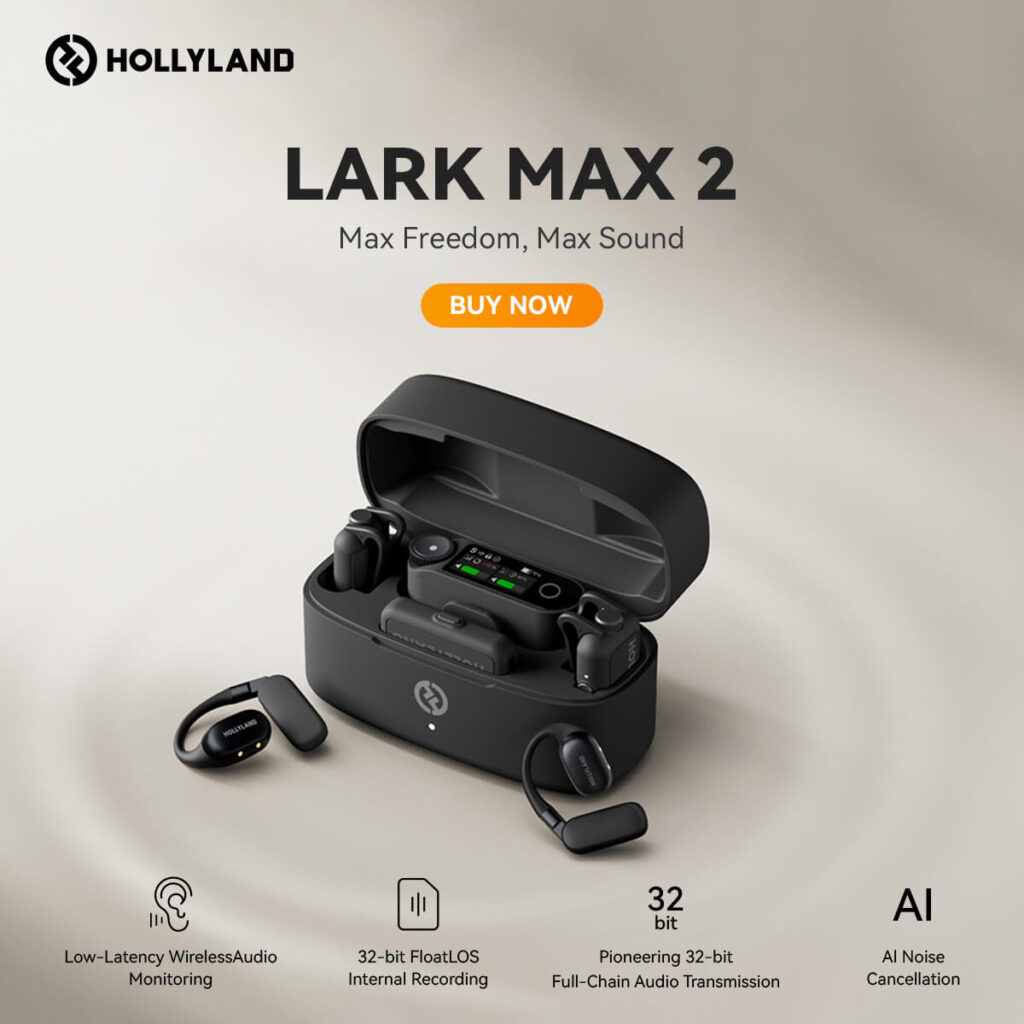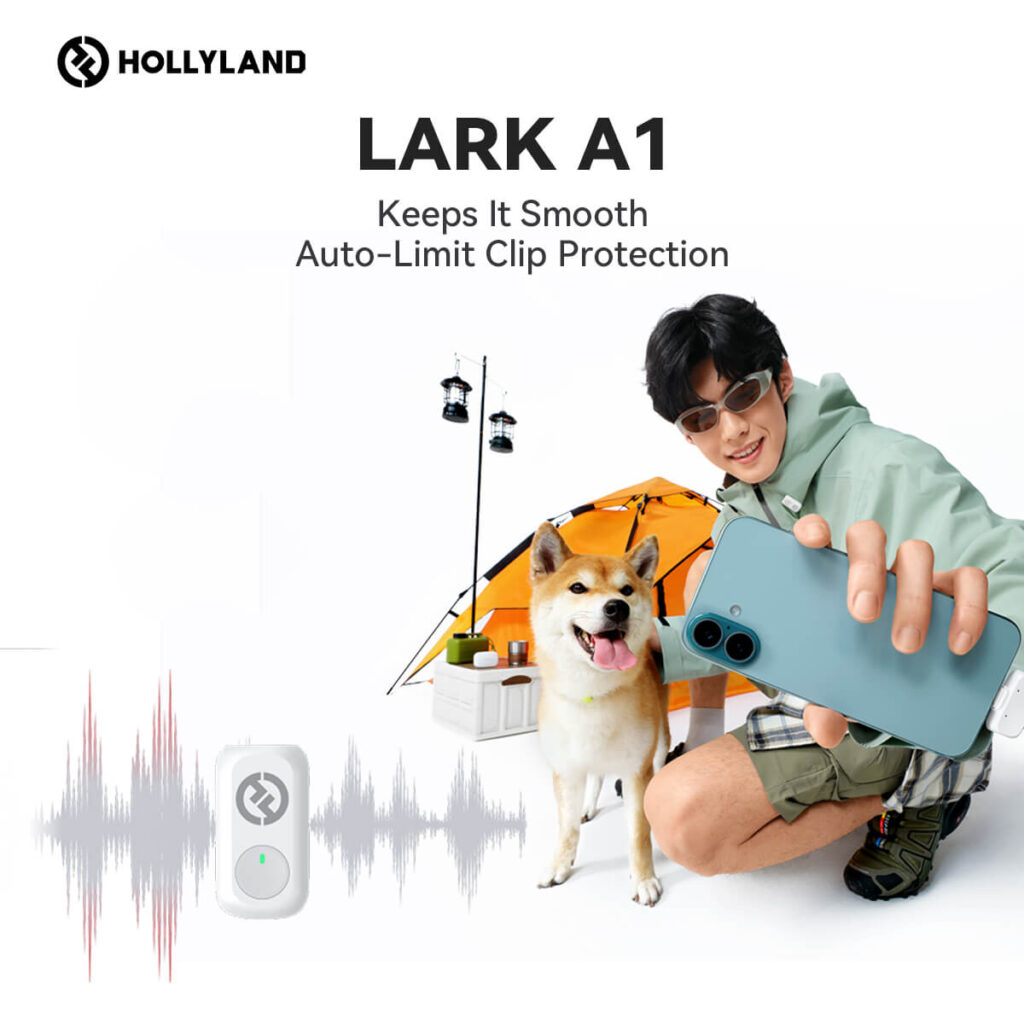Are you a professional YouTuber or musician? Whenever you have to make a splash, sound quality is a game-changer. Choosing an XLR microphone must be the heart and soul of your streaming experience.
So, do you have a quality XLR microphone in your studio? If not, don’t fret; we have picked some top options that can be a good fit for your business. Let’s talk about their features.
What should you look for in an XLR microphone?
Before jumping into the best XLR microphone, various factors turn the tables. You must know about them.
- Brand
A reputed microphone brand guarantees the best quality with varied features. Plus, you’ll have more confidence as they will back you if your microphone turns out to be defective. So, look for a famous brand, for example, Rode, Shure, etc.
- Type
XLR microphones have various types, such as condenser, dynamic, or ribbon. Each one is suited to a different environment. Condenser microphones are more sensitive to sound frequency and are suitable for a studio. On the other hand, dynamics give outstanding performances in live concerts.
- Frequency Response
A frequency response guarantees the range of frequency your microphone is sensitive to. For example, the human audible range is 20-20kHz. Most microphones have that range. That means they are susceptible to human voices. The broader frequency response can help restore a wide range of sounds.
- Quality
It is not just the sound quality you must rely on but the quality. Expensive microphones have the best quality construction that reduces noise and ensures a long-lasting partner.
- Longevity
Is your microphone durable? Look no further. The durability of a microphone ensures a high lifespan. I’m sure you won’t like to spend money again and again on cheap, useless mics.
- Price
You might have a limited budget but want to create a high-quality studio. Then, get a bunch of pocket-friendly microphones that offer quality with cost— cost-effectiveness!
- Sensitivity
A sensitive mic enters the sound world and captures specific frequencies like human range. That provides a platform with a clean voice— no tumult.
- Connectivity
A fast connectivity to your computers through XLR cables is a time-saving deal. Won’t you like to grab it?
Our Top 5 XLR Microphone Picks
We have leaned toward the best 5 XLR microphones. Take a look!
| Microphone | Price | Type | Pick Up Pattern | Diaphragm | Low-cut Filter | Frequency Response |
| Shure SM7B | $399 | Dynamic | Cardioid | No | Yes | 50-20kHz |
| Rode NT1-A | $249 | Condenser | Cardioid | Large | No | 20-20kHz |
| Neumann TLM 102 | $701 | Condenser | Cardioid | Large | No | 20-20kHz |
| AKG C451-B | $549 | Condenser | Cardioid | Small | Yes | 20-20kHz |
| Audio Technica AT 2005 | $59 | Dynamic | Cardioid | Small | No | 50-15kHz |
Shure SM7B
Shure SM7B is something you don’t even want to miss unintentionally. Used by Michael Jackson, SM7B has gained immense popularity, all owing to its excellent frequency response range of 50-20 kHz.
Guess what? SM7B eliminates all the noises in your room and records a clean human voice, turning the tides in your favor. It comes with boosting bass features. For a professional studio room, it does more by neglecting all the off-axis voices and recording only sounds that matter the most to you.
Specs
- Mic Type: Dynamic
- Pick Up Pattern: Cardioid
- Diaphragm: Not Available
- Low Cut Filter: Yes
- Frequency Response: 50-20kHz
- Price: $399
Pros
- Easy to use even for a beginner, turn on the sound games and get a clear voice recording.
- The sound quality is impressive.
- Electromagnetic shielding is there.
Cons
- Sometimes, you need to invest in additional sound cleaning tools.
Rode NT1-A
Various features stand out in the Rode NT1-A in all the microphones. One of the impressive features is the 5dBA noise level, making it the quietest microphone. With such a noise level, it can bring the mic hiss to the light. Treat it as your bumper prize for a newly established studio.
Rode NT1-A is the epitome of smooth and clear sounds. You get a large condenser with a shock mount, XLR cable, and pop filter. Don’t you think it is a huge miss if you try it?
Specs
- Mic Type: Condenser
- Pick Up Pattern: Cardioid
- Diaphragm: Large
- Low Cut Filter: No
- Frequency Response: 20-20kHz
- Price: $249
Pros
- Versatile mic handling, home recording, and studio recording.
- It is a cheaper option with various features compared to its competitors.
- Ultra quiet sound recording
Cons
- There is no low-cut filter available.
Neumann TLM 102
If you are considering making your first purchase, hover your mouse over the Neumann TLM 102. A variety of features and flat frequency response up to 10kHz is nothing less than a shocking feature that amps up your sound quality. Plus, you get the Neumann quality that has dominated the mic industry for decades because of flawless quality.
Whether you’ve set up a studio at home or in a skyscraper, it turns up the noise shield and records the human sounds within its range. TLM 102 features a large diaphragm with a more miniature mic.
Specs
- Mic Type: Condenser
- Pick Up Pattern: Cardioid
- Diaphragm: Large
- Low Cut Filter: No
- Frequency Response: 20-20kHz
- Price: $701
Pros
- Cardioid polar patterns provide excellent sound quality in the studio.
- Transformerless circuitry prevents rackets.
- Broader frequency response to record a human voice.
Cons
- Expensive option
AKG C451B
Another best microphone available on our list is the AKG C451B. As an upgraded version, it clasps transient sounds in your studio room. And gives a boosted response to your recordings. From percussion to acoustic guitar, it is best for all the applications.
A small diaphragm with low-cut filters is a package for your best sounds. Eliminate all the sounds and sizzle in the frequency range of 20-20kHz. Bring a vibrant life to your profession with this mic.
Specs
- Mic Type: Condenser
- Pick Up Pattern: Cardioid
- Diaphragm: Small
- Low Cut Filter: Yes
- Frequency Response: 20-20kHz
- Price. $549
Pros
- It is easy to deploy in your studio. An amateur can take on it.
- The sound quality is exceptional.
- Durable due to quality constructions by the brand.
Cons
- It is expensive for its features.
Audio Technica AT 2005
Audio Technica AT 2005 is equally effective for motivational speakers and singers. No matter what you are begging for your live concert or using it in a quiet studio, it transforms the game in your favor. Built-in USB capabilities at lower cost; you won’t find it anywhere in the town.
The headphone jack is there to assist you in perfect sound recording. Plus, you’ll love the sound quality coming from the output system. Eliminate additional noises and make ideal use of this tool.
Specs
- Mic Type: Dynamic
- Pick Up Pattern: Cardioid
- Diaphragm: Low-Mass
- Low Cut Filter: No
- Frequency Response: 50-15kHz
- Price: $59
Pros
- It is highly budget-friendly if you are looking for cheaper options.
- Low-mass diaphragm allows a broader frequency range for recording clear sounds.
- Has a built-in stand for your support.
Cons
- There is no low-cut filter available.
FAQs
- What types of XLR microphones are there?
There are three main types of XLR microphones.
- Dynamic microphones
- Condenser microphones
- Ribbon microphones
All three share different features that are suitable for multiple scenarios.
- How much do XLR microphones cost?
Some microphones can be extremely cheap, costing up to $20. At the same time, good quality might cost above $100. When choosing a microphone, assess its sound quality and frequency response.
- Do XLR mics have better sound quality?
Yes, 100%. XLR microphones provide a broader frequency response with minimal noise. Therefore, they are better than their counterparts, USB microphones.
You have various options. Tons of questions must come from your heart: which should I choose? Is the cheaper one better than the other?
Always confirm what features you need and then run into the discussions about the PERFECT mic. All of the above options are best unless you choose your favorite. Go ahead and choose the best!





























.png)










